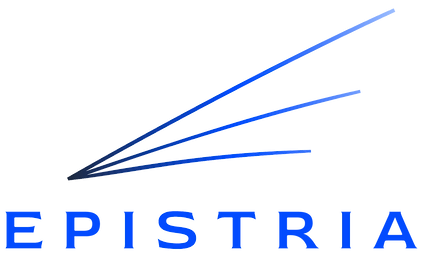
My name is Charles. I drink coffee and I ask questions.
The question that drives most of my work is why—not as a slogan, but as a habit.
I spent a career in the U.S. Navy studying how systems behave under pressure. After retiring, I traded war rooms for the corporate world and now for a farmstead in Mississippi. Days are for livestock and fences. Nights are for research.
I study behavioral patterns—especially the ones driven by fear. Across militaries, corporations, governments, the same rhythms repeat: adaptation, stagnation, collapse. Those patterns can be recognized, mapped, and occasionally interrupted.
That research turns into different things:
-
Essays and field notes.
-
A book on the Reflection Pattern.
-
And yes—tools. Practical, well-built tools for coaches and practitioners who want to see below the surface of behavior. They’re not expensive. They’re just not conventional.
I’m not running a traditional business. I don’t do hype, funnels, or scarcity countdowns.
I study, I build, and I make the work available to whoever finds it useful—or unsettling—in venues such as GitHub, SSRN, or my blog.
If that sounds like your kind of place, you’re welcome to look around.